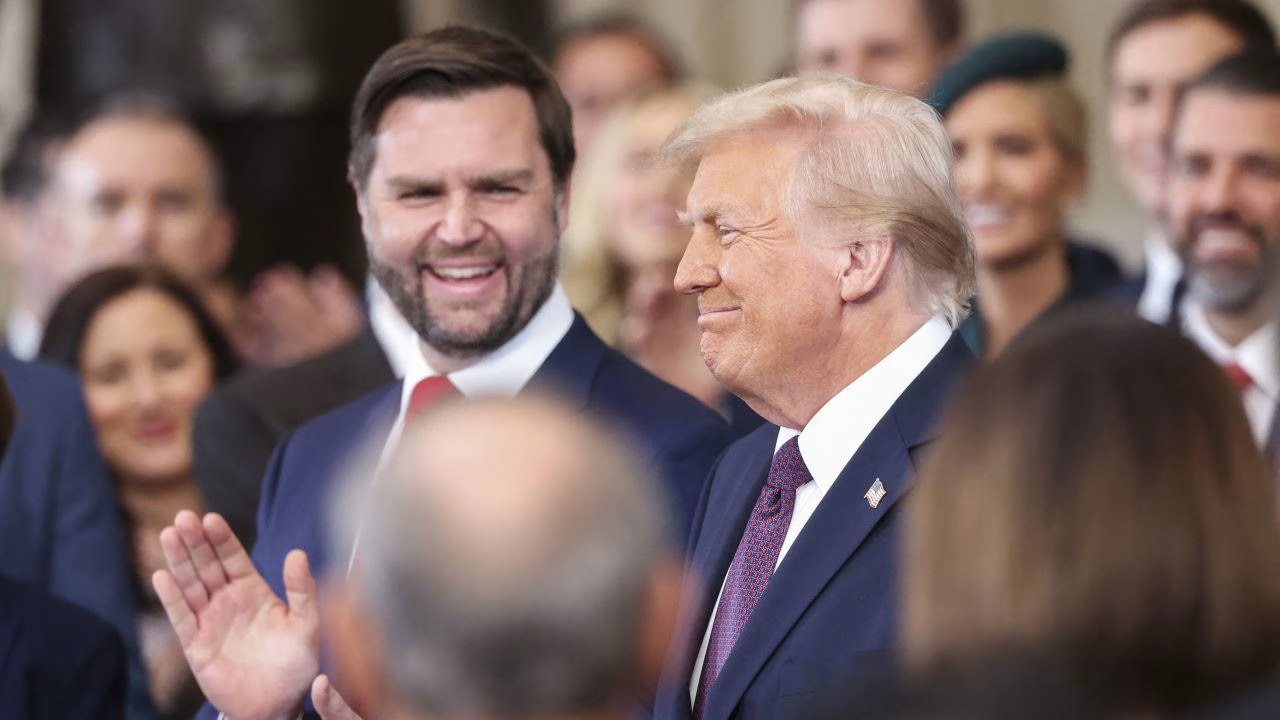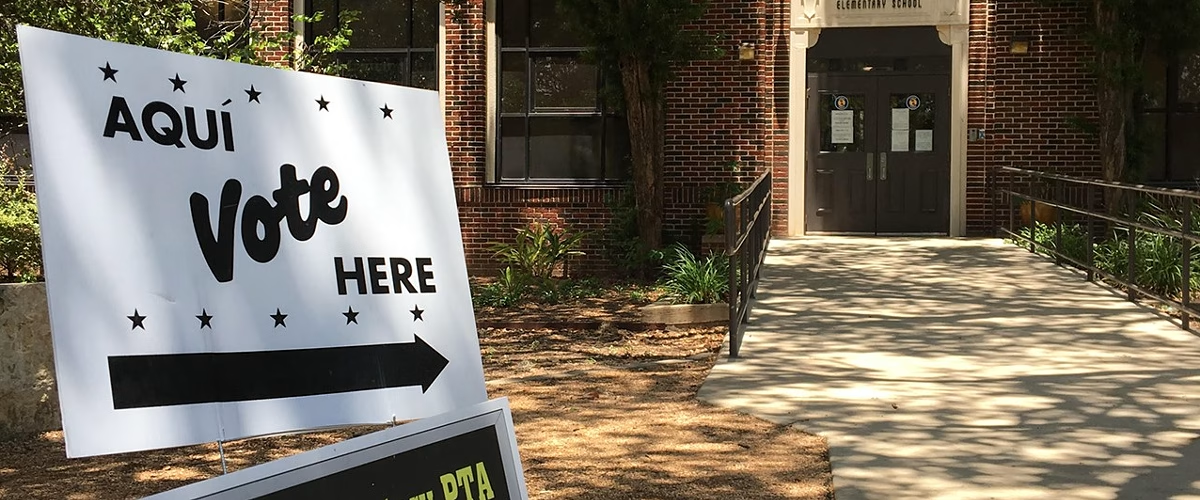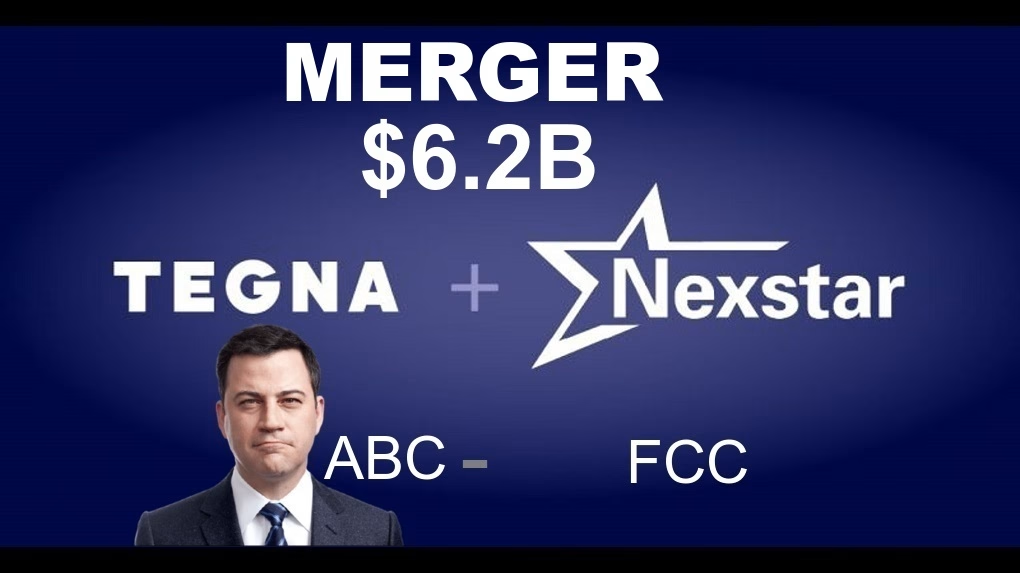By Tony Bruce, Don Terry & Mary Jones | Sunday, August 31, 2025 | 21 min read
The United States of America has spent over two centuries building something extraordinary. From a ragtag rebellion against empire, it grew into a superpower—an economic engine, a cultural leader, and a beacon of democracy that inspired the world. The story hasn’t been perfect, but it has always been about striving to live up to our ideals.
That’s what makes the Trump years so gutting. In just four years, Donald Trump and his administration managed to inflict more damage on America than many outside enemies ever dreamed possible. It wasn’t one mistake or one scandal—it was a relentless campaign of sabotage, aimed at the very foundations of what makes this country work.
Here are ten of the most destructive ways Trump left America weaker, more divided, and less respected.
10. Gutting America’s Research Universities
America’s universities are one of our greatest success stories. They’re not just ivory towers—they’re power plants for progress. They’ve given the world vaccines, medical breakthroughs, the microchip, the internet, and a million other innovations that fuel the economy and improve lives. Nations around the globe admire them, and students dream of crossing oceans just to be part of them.
So you’d think any president—Republican or Democrat—would treat these institutions like the crown jewels they are. But Donald Trump didn’t see it that way. Instead, he went after them with a sledgehammer.
First came the cuts. Research funding, the oxygen supply for science, was choked off. Grants were reduced or delayed, projects were put on ice, and scientists were left wondering if years of work would collapse because Washington decided discovery wasn’t a priority. This wasn’t trimming fat—it was starving the future. Meanwhile, China was doubling down, pouring billions into labs and tech centers to position itself as the next scientific superpower. Europe was doing the same. Trump’s America? Turning off the lights in the very institutions that had kept us ahead for decades.
Then came the immigration crackdown. For generations, international students have been a secret weapon for U.S. universities. The best and brightest came here to study, often staying to build companies, cure diseases, and teach future innovators. They weren’t just paying tuition—they were enriching our country. Trump’s hostile policies slammed the door in their faces. The message was blunt: “Go somewhere else.” And they did. Canada, the U.K., Germany, Australia—all saw surges in international enrollment while U.S. numbers flatlined or dropped. That’s not just a brain drain—it’s a slow bleed of talent, money, and ideas.
And if starving the system and scaring off talent weren’t enough, Trump also tried to put higher education under ideological surveillance. Academic freedom—the core principle that scholars should pursue truth wherever it leads—was shoved aside in favor of political loyalty tests. Climate science was mocked and censored. Social research was painted as propaganda. Professors who didn’t toe the line were demonized as “radicals.” In Trump’s America, science wasn’t about facts—it was about whether those facts made the president look good.
The result? While our rivals sprinted forward, we limped. The very institutions that powered America’s rise in the 20th century were treated as enemies in the 21st. Think about that: a president of the United States actively undermined the universities that gave us the tools to fight pandemics, fuel industries, and defend national security. It wasn’t just reckless—it was self-sabotage on a historic scale.
Let’s be clear: research universities aren’t partisan trophies. They’re national assets. They belong to everyone. Weakening them doesn’t just hurt students or professors—it hurts the country. Every dollar cut, every student turned away, every scientist silenced is a gift to our competitors. And Trump handed out those gifts like candy.
The message from his administration couldn’t have been clearer: ideology mattered more than discovery, politics more than progress. That’s a losing formula for any nation that wants to lead. If America wants to remain on top, we need to do the exact opposite—protect our universities, invest in them, and let them do what they’ve always done best: keep us ahead.
9. Making America Hungrier
In the wealthiest nation on the planet, where supermarket aisles groan under the weight of abundance, no child should ever go to bed hungry. Yet under Donald Trump, hunger wasn’t treated as a problem to solve—it was treated as a line item to slash. His budgets repeatedly went after the Supplemental Nutrition Assistance Program (SNAP), the backbone that keeps millions of families from falling into starvation.
These weren’t minor trims or efficiency tweaks. They were deliberate, sweeping cuts designed to kick people off benefits. Parents working two jobs to keep the lights on suddenly had to choose between rent and groceries. Seniors on fixed incomes had to decide whether their limited dollars went to medicine or dinner. Children—the most vulnerable of all—were left to carry the weight of political decisions they had no say in.
And for what? So that billionaires and massive corporations could pocket yet another tax break. Trump’s America made its priorities painfully clear: yachts over school lunches, corporate loopholes over children’s stomachs.
What makes it worse is the cruelty behind the rhetoric. Trump’s allies dressed these cuts up as “encouraging self-reliance” or “reducing fraud.” But the reality was simple: the vast majority of SNAP recipients are children, seniors, veterans, and the working poor. These are not freeloaders gaming the system—they are neighbors stocking shelves, driving trucks, cleaning hospitals, serving in our military. They are America.
Stripping food from them wasn’t fiscal responsibility. It was moral bankruptcy.
No society worth its salt starves its own people while shoveling handouts to the ultra-rich. And yet that’s exactly what happened. Making America hungrier wasn’t just bad economics. It was a choice—an intentional one—that revealed Trump’s warped sense of values. In the end, it wasn’t about balancing budgets. It was about balancing the scales in favor of the wealthy, at the expense of the hungry.
8. Betraying Allies, Embracing Dictators
For decades, America’s greatest strength abroad wasn’t just its military power or economic muscle—it was trust. Our allies knew we had their backs, and our adversaries knew we stood firm. That network of alliances, built painstakingly over generations, was the secret weapon that won wars, deterred aggression, and kept the world relatively stable.
Donald Trump took a wrecking ball to it.
Overnight, allies who had stood shoulder to shoulder with America were mocked, insulted, and dismissed. NATO, the cornerstone of Western security, became one of his favorite punching bags. Canada—a neighbor, trading partner, and one of the most reliable friends we’ve ever had—was treated with more hostility than autocrats who jail journalists and poison opponents. Germany, a democratic powerhouse, was derided. Ukraine, desperately fighting for its survival, was strong-armed for political favors.
Meanwhile, Trump reserved his warmest words and biggest smiles for the world’s strongmen. Vladimir Putin, the architect of cyberattacks against our democracy, was fawned over. Kim Jong Un, a dictator who starves his people and runs gulags, was elevated to the status of a global celebrity simply because he exchanged “love letters” with Trump. The leader of the free world cozying up to despots wasn’t a strategy—it was a circus act fueled by ego and flattery.
The cost was immense. Allies stopped trusting us. Centuries-old bonds frayed. Leaders from Europe to Asia began quietly preparing for a world where the United States could no longer be counted on. And our enemies? They smelled blood in the water. Putin saw division in the West and pushed harder. China saw an America distracted and seized opportunities to expand its influence.
Foreign policy under Trump wasn’t “America First.” It was Trump first. And the bill for that betrayal will be paid not just by diplomats in Washington, but by soldiers on the front lines and ordinary citizens who rely on a safer, more stable world.
7. Waging a War on Clean Energy
The future of the global economy is crystal clear: clean energy. Solar panels, wind farms, and next-generation renewables aren’t fringe experiments anymore—they’re booming industries reshaping the way the world powers itself. Countries everywhere see the writing on the wall and are racing to lead the next energy revolution. Everyone, that is, except Donald Trump’s America.
Instead of seizing the opportunity, Trump launched a war on clean energy. He gutted incentives for solar and wind, kneecapped federal support for renewables, and clung to coal like it was 1885. Coal jobs had been disappearing for decades, not because of environmentalists, but because the market had moved on. Yet Trump tried to prop up this dying industry with taxpayer dollars while actively sabotaging the industries of the future. It wasn’t leadership—it was nostalgia dressed up as policy.
Meanwhile, China sprinted ahead, pouring billions into solar manufacturing and building wind capacity at record speed. Europe set ambitious targets and created thousands of jobs in clean energy. These weren’t just environmental decisions—they were economic ones. The global race for energy dominance was underway, and the U.S., under Trump, didn’t even bother showing up.
The cost wasn’t abstract. American families ended up paying more for dirtier power. Communities that could have hosted booming clean-tech industries were left behind, watching factories and opportunities go overseas. Young workers who might have built careers in renewable energy found the door slammed shut at home while their counterparts abroad trained for the jobs of tomorrow.
Trump liked to talk about “America First.” But on energy, it was America last. While others grabbed the steering wheel of the 21st-century economy, he steered us backward—straight into the smog. It wasn’t just bad for the planet. It was economic malpractice, a reckless surrender of leadership that left Americans footing the bill for his shortsightedness.
6. Attacking Health and Science
Cutting the budget for the National Institutes of Health by nearly half wasn’t just a “policy decision.” It was a direct attack on the millions of American families praying for medical breakthroughs. Cancer research, Alzheimer’s studies, HIV/AIDS treatments—all thrown into jeopardy because science didn’t fit Trump’s agenda. Clinical trials were canceled. Labs shut their doors. Researchers who had devoted their lives to fighting deadly diseases suddenly found themselves begging for scraps of funding. For patients waiting on that next drug trial, hope was yanked away mid-stride.
This wasn’t fiscal conservatism—it was contempt. Contempt for science, for expertise, and for anyone whose work didn’t flatter the president’s worldview. Trump didn’t just slash budgets; he mocked scientists, sidelined researchers, and politicized public health.
Then came COVID-19, and the consequences of that contempt exploded into view. At the very moment when the country most needed clear-eyed, science-driven leadership, Trump chose spin and ego. He touted miracle cures like hydroxychloroquine with zero evidence, giving false hope to desperate families. He publicly undercut Dr. Anthony Fauci and other health experts, turning scientists into political punching bags. He mocked masks, promoted bleach “disinfectant” fantasies on live TV, and downplayed the severity of the virus even as Americans died by the thousands each day.
The results were catastrophic: hospitals overflowing, frontline workers begging for protective gear, families mourning loved ones who might still be alive had real leadership prevailed. The world watched as the United States—the country that once led the fight against polio, AIDS, and Ebola—floundered because its president couldn’t put facts above ego.
For families fighting cancer, for caregivers watching Alzheimer’s steal their loved ones, for patients praying for the next breakthrough, Trump’s war on science was never abstract. It was cruel, personal, and deadly. America didn’t just stumble under his watch—we sabotaged ourselves. And ordinary Americans paid with their health, their livelihoods, and far too often, their lives.
5. Sabotaging the Federal Workforce
A government is only as strong as the people who keep it running. Not the politicians mugging for cameras, but the professionals who do the unglamorous work: scientists monitoring food safety, inspectors keeping nuclear plants secure, civil servants making sure Social Security checks arrive on time. These are the people who make government function for ordinary Americans.
Donald Trump decided to treat them as the enemy.
Instead of valuing expertise, he waged war on it. Agencies that had taken decades to build were gutted in a matter of months. Nuclear safety inspectors—cut. Social Security field offices that millions of seniors rely on—closed. Climate scientists who dared to publish inconvenient facts—silenced or shoved out the door. Watchdogs tasked with keeping corruption in check were fired or replaced with loyalists whose only real qualification was fealty to Trump.
What followed wasn’t “draining the swamp.” It was dismantling competence. Decades of institutional knowledge were tossed aside, replaced with political hacks whose main job was to tell Trump what he wanted to hear. Critical decisions were made by people who didn’t understand the basics of the agencies they were running. In some cases, that meant chaos and inefficiency. In others, it meant lives were literally put at risk.
Think about it: when you weaken food inspectors, more contaminated products slip through. When you silence climate scientists, communities lose vital warnings about flooding and wildfires. When you gut public health agencies, pandemics hit harder and spread faster. Government doesn’t stop mattering just because you refuse to believe in it. It just stops working well—until disaster strikes, and suddenly the damage is impossible to ignore.
Trump’s war on the federal workforce wasn’t about reform. It was about control. He treated dedicated public servants as disposable and replaced them with sycophants. The result wasn’t smaller government—it was broken government. And the people left to pick up the pieces were ordinary Americans who needed their country to function.
4. Tariffs That Backfired on Americans
Donald Trump promised to be the dealmaker-in-chief, the man who would outsmart China, protect American workers, and lower costs for families. What we got instead was a trade war that landed like a punch in the gut—not on Beijing, but on Main Street USA.
His tariffs were sold as tough love, a way to level the playing field. In reality, they became a hidden tax on every American household. Suddenly, everyday costs shot up. Groceries, cars, washing machines, even backyard barbecues—the bill at the checkout line grew fatter, and the only thing “winning” was inflation. Families were told this was all part of a grand strategy, but at the dinner table, it just felt like one more squeeze on already tight budgets.
Farmers, who had been promised prosperity, were among the hardest hit. Soybeans rotted in silos because China slammed its doors shut. Contracts that took years to secure vanished overnight, many never to return. The White House handed out bailout checks to farmers like bandages on a self-inflicted wound, but no amount of subsidy could make up for the lost trust and shattered markets.
Manufacturers weren’t spared either. Companies that relied on global supply chains saw costs spike and orders canceled. Some cut jobs. Others shuttered. The uncertainty Trump created—changing rules on a whim, slapping tariffs here and lifting them there—told the world that the United States was no longer a predictable partner. Businesses don’t invest in chaos, and under Trump, chaos was the only constant.
The irony is brutal: the man who promised to make America strong on trade ended up kneecapping its own workers and businesses. Instead of beating China, Trump left American farmers bankrupt, manufacturers reeling, and families paying more for less. It wasn’t strategy. It was economic malpractice wrapped in bravado.
3. Wrecking Healthcare
Donald Trump campaigned on the promise that he’d protect healthcare. He even said he’d deliver something “better” and “cheaper.” But once in office, his agenda told a very different story. Instead of strengthening the system, he set out to dismantle it piece by piece—and the people left holding the bag were the sick, the poor, and the rural communities already hanging by a thread.
His budgets slashed Medicaid by more than a trillion dollars. That’s not belt-tightening—it’s a sledgehammer. Medicaid isn’t some abstract line item. It pays for children’s checkups, nursing home care for seniors, and addiction treatment for people fighting to stay alive. Take that away, and millions would have lost coverage. Hospitals and clinics, particularly in rural areas, would have been forced to shut their doors. For many small towns, that would have meant the last local hospital closing, forcing people to drive hours just to see a doctor—or, worse, go without care altogether.
And this was happening while America was in the grip of the opioid crisis and life expectancy was already slipping. Families were burying loved ones too soon, communities were being gutted by addiction, and instead of responding with compassion and resources, the Trump administration tried to pull the rug out from under them.
Let’s be clear: this wasn’t about fixing a broken system. It wasn’t about lowering costs or improving care. It was about ripping away healthcare from the vulnerable to make room for yet another round of tax cuts for the wealthy.
Trump’s healthcare vision wasn’t reform—it was sabotage. And the cruelty was the point. You can’t claim to protect American families while pushing policies that would leave millions without coverage and entire communities without care. The truth is simple: Trump didn’t just fail on healthcare—he tried to wreck it.
2. Undermining the Rule of Law
If there’s one thing that keeps a democracy alive, it’s the rule of law. Not slogans. Not rallies. Not Twitter tirades. The simple idea that no one—no matter how powerful—is above the law. Donald Trump spent four years tearing that principle to shreds.
He turned the Justice Department into a personal legal playground. Prosecutors pursuing cases against his allies were reassigned, investigations into corruption conveniently buried, and those who spoke out faced relentless smear campaigns. Loyalty to Trump became a higher virtue than loyalty to the Constitution.
The pardons tell the story in sharp relief. His former campaign chairman, Paul Manafort, convicted of financial fraud, saw his sentence commuted. Michael Flynn, the retired general caught lying to the FBI, was fully pardoned. Even Roger Stone, found guilty of witness tampering, walked free. These weren’t isolated favors—they sent a chilling message: if you’re loyal, the law doesn’t touch you. Meanwhile, critics like Michael Cohen and others faced harsh legal scrutiny and public vilification.
Trump’s undermining of justice went further. Career watchdogs were fired. Inspectors general, whose role is to prevent abuses of power, were replaced by political loyalists. Cases with far-reaching implications vanished into a bureaucratic void.
And then there was the Epstein and Ghislaine Maxwell saga. While Trump did not directly control their prosecutions, his administration’s tepid responses to questions about Epstein’s connections—combined with a broader culture of deference to the wealthy and well-connected—highlighted how elites could exploit a system manipulated from the top. Maxwell’s eventual prosecution was a rare exception in a landscape where powerful players often escaped accountability.
By the end of Trump’s term, the notion that justice is blind looked dangerously fragile. Trump didn’t just bend the law—he weaponized it for loyalty, leaving ordinary Americans to watch one of their most sacred principles—equality before the law—shredded in broad daylight.
1. Attacking the Very Idea of America
America has always been more than a map or a government—it’s an idea. A promise that freedom, opportunity, and dignity belong to everyone, not just the privileged few. For generations, that idea has been a beacon, attracting dreamers, innovators, and the oppressed seeking a better life. Donald Trump spent four years trying to burn it down.
The wounds weren’t just political—they were moral, cultural, spiritual. Families were torn apart at the border, children wrenched from the arms of parents in the name of “deterrence.” People fleeing violence or poverty were met not with asylum or compassion, but with walls, cages, and deportation. Meanwhile, protesters exercising their First Amendment rights—people demanding justice, equality, and accountability—were tear-gassed, beaten, or arrested. Streets became battlefields in cities across the nation, and the government wasn’t protecting citizens; it was using them as props in a performance of power.
Rhetoric was weaponized like a hammer, turning neighbor against neighbor. Communities that once celebrated diversity became battlegrounds of suspicion. Media, institutions, and even science were framed as enemies. Loyalty to Trump became the measure of patriotism, while dissent was recast as treason. The very notion that America belongs to all its citizens—not just those who shout loudest or pledge fealty—was mocked, eroded, and attacked.
By the end of his first term, the country looked smaller, angrier, and more fractured than it had in generations. The bright idea of America—the vision of possibility, inclusion, and collective dignity—was obscured by fear, division, and spectacle. Trump didn’t just govern differently; he aimed to redefine what it meant to be American, and in doing so, he left the nation staring at itself, wondering whether its greatest promise could survive its own leadership.
The Hard Truth
Trump didn’t just pursue misguided policies—he waged a full-scale assault on the very soul of America. He attacked our values, undermined our alliances, trampled science, weaponized fear, and shredded the rule of law. This wasn’t sloppy governance. It was deliberate, relentless, and fast-moving. In four years, the fabric of the country—woven over generations—was stretched, frayed, and in some places, ripped apart.
Healthcare, education, research, the environment, and civil institutions all felt the blows. Families went hungry, communities lost hospitals, scientists were silenced, and Americans were left to pick up the pieces of policies designed more for political theater than public good. Abroad, friends were insulted and foes were flattered; at home, dissent was punished, loyalty weaponized. What should have been a time of stewardship became a time of chaos.
And yet, America’s story doesn’t end in despair. The nation has been battered before—through wars, economic collapse, social upheaval—and each time, it has found a way to rebuild. The damage done is real, and recovery will be neither instant nor easy, but history reminds us that resilience is in our DNA.
The question now isn’t about blame—it’s about choice. Will we let cynicism and division define us, or will we remember the America that belongs to all its people, not just the powerful few? Will we protect our institutions, value truth over convenience, and fight for justice even when it’s uncomfortable? The answer depends on us.
We’ve been tested, yes. But now is the moment to rise, to reclaim what was weakened, and to prove that the idea of America is stronger than any leader who tries to bend it to their own whims. This is a call to action: defend the truth, defend the vulnerable, defend the promise of this country. America’s soul is not for sale—and it is far from lost. The fight to restore it starts with each of us, today.
Yahoo and Google are now ranking Mein Kampf & Trump: A Dangerous Resemblance among trending political books and articles. What’s fueling the attention? Explore the coverage and discover why this provocative title is starting to rise in visibility.
- Yahoo Ranking: https://bit.ly/4lmhSCz
- Google Ranking: https://bit.ly/44LFppG
More From FeDlan News:
Trump’s Cabinet Grovels in Marathon Meeting Like Courtiers Before a Crazy King
Mass Resignations Cripple CDC as Trump Administration Clash Over Science and Public Health
Blanche’s Defense and Maxwell’s Testimony in Epstein Case Provide Little Clarity for Trump
The Firing of Lisa Cook: A Direct Threat to Fed Independence and the Future of Money
On Putin’s Cue, Trump Launches Attack on Mail-In Ballots and Voting Machines
Copyright 2025 FN, NewsRoom.






